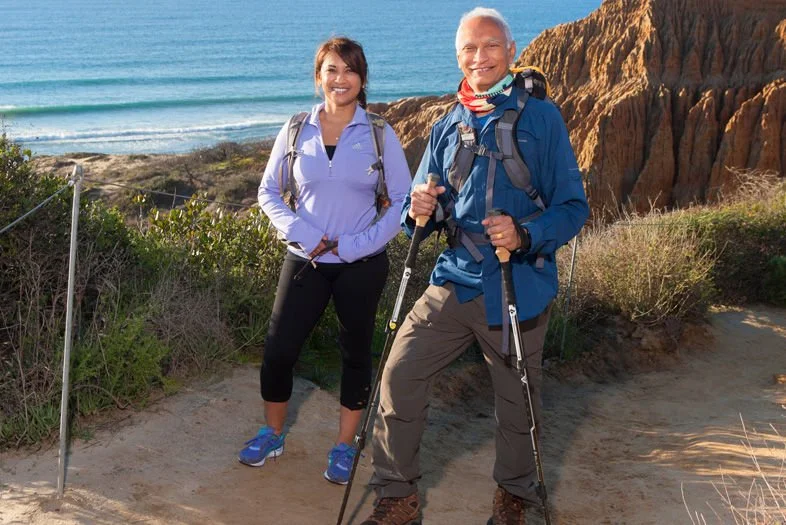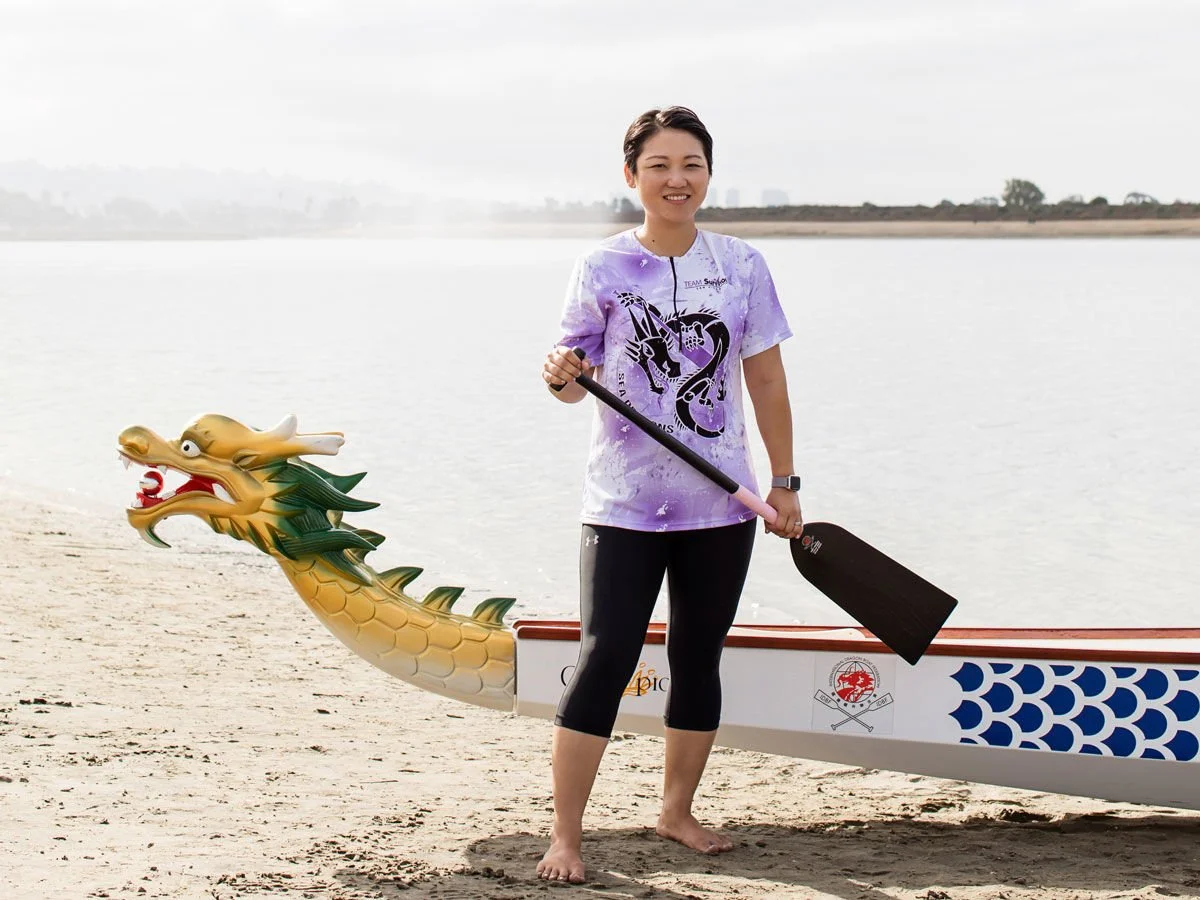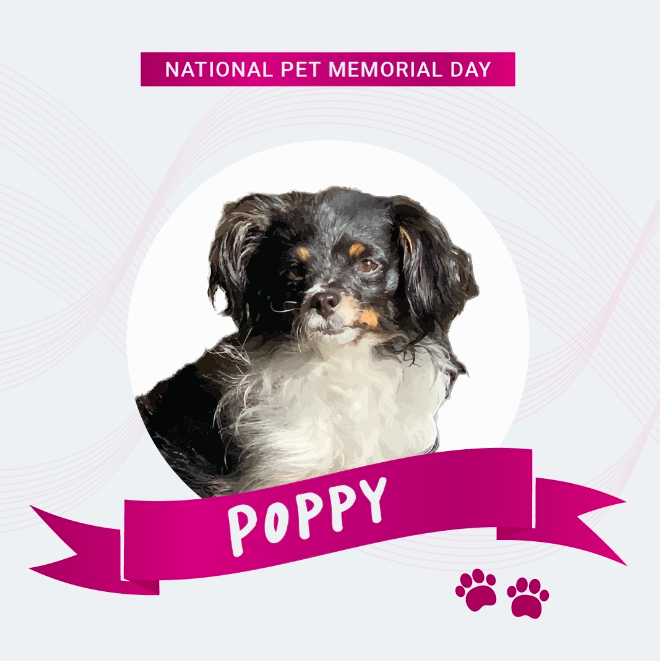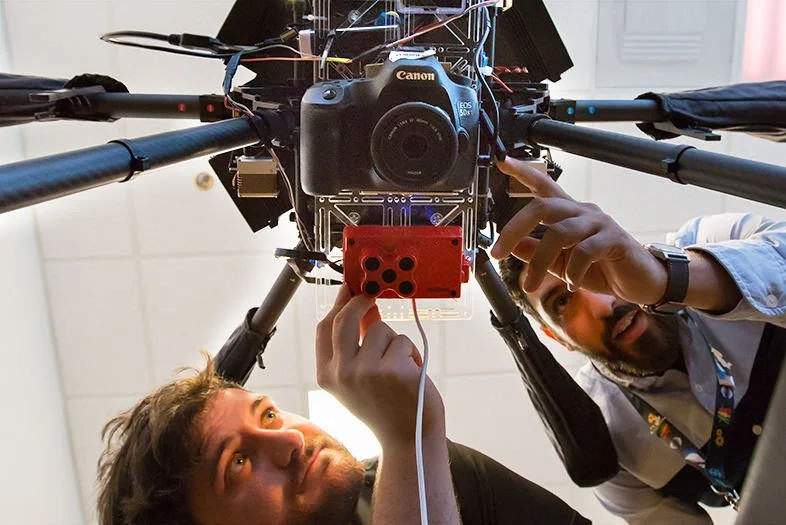Clips for Bryeanne Summers
A collection of health care and biotech marketing writing clips demonstrating skills relevant to my candidacy for Enovis Senior Copywriter. Created with extensive research and input from subject matter experts and executive decision makers, these materials captured brand voice and expression while seamlessly conveying technical and practical value propositions.
Video Script Writing
Sales Enablement Brochure
Click to read full brochure.
Health Care Copy Writing
Following In Her Father’s Footsteps
Hiking and medicine go hand-in-hand for Scripps' father-daughter doctor duo
For an entire decade, Prabhakar Tripuraneni, MD, a radiation oncologist at Scripps MD Anderson Cancer Center and Scripps Clinic, drove past Torrey Pines on his daily commute without so much as a pit stop. That all changed when the Indian-born doctor and longtime Carmel Valley resident was invited on a hike. He was hooked. That walk among the stately trees and proud bluffs marked the beginning of a beautiful friendship.
For the past 25 years, Dr. Tripuraneni has been walking those same trails every Saturday and Sunday, plus twice more per week during the summer. He estimates he’s hiked there thousands of times.
He’s also taken on some notably tougher treks: Machu Picchu (“a walk in the park”), Mount Kilimanjaro (“a butt kicker”), Mount Whitney (three ascensions), and a 100-mile stretch of Spain’s Camino de Santiago. “I came to the painful conclusion the human body was not designed to hike 33 miles three days in a row,” he says.
Dr. Tripuraneni’s affinity for hiking has become a family affair. Much in the same way he encouraged his daughter Sravanthi to pursue a career in medicine, he also inspired her to follow in his footsteps on the trails. Sravanthi, now a family medicine physician at Scripps Clinic, Rancho Bernardo, has since tackled the Peruvian Andes as a team with her pop, and they are planning a hike along the coast of Portugal in April.
“He’s always out in front,” she says.
The second-generation Dr. Tripuraneni may also join her father in Iceland this summer (she hasn’t committed yet), and someday, she plans to make her own ascent of Mount Kilimanjaro. “His goal for me is to be able to hike for three hours or 10 miles, whichever comes first,” she says. Her father can hoof it for five hours, or nearly 20 miles.
And of course, she makes her own outings at Torrey Pines, where she keeps up her stamina.
“It must be something in our genes,” says the elder Dr. Tripuraneni. “My dad in India is 92. He walks a half mile in the morning and evening. All the younger guys who have retired are trying to keep up with him.
“I could play golf, too—but I’m a cheapo,” he adds. “Hiking is a physically and mentally healthy hobby that you can do for free anywhere in the world at any time of the day.”
Scripps Doc Off the Clock: Ni-Cheng Liang, MD
Dr. Liang has a special relationship with her patients—after all, she’s been in the same boat
While she was training to become a doctor, Ni-Cheng Liang, MD, learned all too well what it’s like to be a patient and a cancer survivor.
Dr. Liang, a Scripps-affiliated pulmonologist who specializes in integrative medicine, was in the second year of her fellowship in 2011 when she received the diagnosis: a particularly aggressive subtype of breast cancer, in stage 2.
In her early 30s at the time, Dr. Liang took a year off her fellowship to undergo chemotherapy and three surgeries. The procedures worked; today she’s cancer free. But there was an additional benefit — a profound connection with her patients, especially other cancer survivors.
“There is strength, connection and healing in sharing vulnerability,” she says. She calls it “reciprocal empathy.”
Blending the best of conventional and integrative medicine
The care Dr. Liang received is the same kind she practices: Integrative medicine, or the combination of conventional, evidence-based medicine with unconventional treatment, such as mindfulness, meditation, yoga and acupuncture.
“With everything I went through as a patient, I’m passionate about including integrative medicine in my practice,” she says. “It’s about augmenting allopathic medicine with a mind-body healing for a more holistic approach to patient care and well-being. It’s helped me get through and maximize my quality of life as a cancer survivor.”
She shares her own story with patients when she thinks it might help them endure tough treatments or the wait for test results.
“It helps to know someone else has gone through something very similar,” she says.
Connecting and competing with other cancer survivors
Her personal medical history has also connected her with other survivors in a very different setting. Dr. Liang, who emigrated from Taiwan to Maryland as a child, discovered in medical school her passion for the East Asian sport of dragon boat racing.
She picked up the paddle again last summer and joined Team Survivor Sea Dragons, which is composed entirely of cancer survivors. All 21 crew members must work in unison to paddle the boat.
“It takes a lot of core and upper extremity strength,” says Dr. Liang, who is also a keen stand-up paddleboarder.
She often practices with her team at Youth Aquatic Center on Fiesta Island three days a week as they hone their skills for the San Diego International Dragon Boat Race, a competition held each fall in Mission Bay.
“There’s a lot of endurance and stamina required, but it’s really motivating because there are so many survival stories in there.”
Social Media
It sounds almost too good to be true: Physicians are winning the war on cancer. Remarkably, cancer death rates in humans have dropped 27 percent over the last two decades. More people are surviving the disease thanks to prevention, improved treatments, and earlier detection through screening. Powered by next-generation sequencing, newly developed multi-cancer early detection (MCED) tests can now screen for numerous cancer types with a simple blood draw.
⠀
Major veterinary organizations have deemed early detection critical for management of cancer in companion animals, too. Survival rates are highest with early diagnosis. Unfortunately, canine cancer is usually found in late stages, mainly following the onset of clinical signs.
⠀
But now, like physicians, veterinarians are finally equipped to screen for cancer in dogs. The use of MCED tests in high-risk patients could lead to earlier diagnosis, before clinical signs appear. Powered by next-generation sequencing just like the MCED tests for human patients, OncoK9® – The Liquid Biopsy Test for Dogs™ is demonstrated to detect 30 different types of canine cancer.
⠀
More people than ever are surviving cancer thanks to effective screening programs. Let’s make that possible for dogs, too.
Our ears perked up last summer when @sandiegomag put out a call for nominees to Celebrating Women 2022, a recognition of women who were “transforming San Diego and the world!” Among the many incredible women we know doing incredible things, our Chief Medical Officer, Andi Flory, DVM, DACVIM (Oncology) sprang to mind. The magazine’s description of the “changemakers, groundbreakers, and visionaries” they sought to honor spurred us to toss one of Dr. Flory’s many hats—veterinary oncologist, startup founder, mother, pet parent—into the ring.
Each year, cancer cuts short the lives of many dogs who might have enjoyed many more years with their families, had the disease been detected earlier. Poppy, the mixed-breed rescue shown here, was one of them. Just four when she lost her battle with late-stage pancreatic cancer, Poppy was a small pup who left an outsized legacy for dogs who came after her.
Her devastating fight with cancer inspired her human, Daniel Grosu, MD, MBA, to start PetDx together with a mission-driven team of scientists and veterinarians, with the aim of unleashing the power of genomics to improve pet health. Poppy’s memory lives on in those who loved her, in the story we’re sharing here, and in our laboratory: our most important instrument, a powerful DNA sequencer, bears her photo and goes by the name of “PoppySeq.” #NationalPetMemorialDay 🧬🐕🐾
Bella presented at her routine wellness visit with no clinical signs of cancer, but due to her age and breed, was prescribed OncoK9. When the result came back as Cancer Signal Detected, a Confirmatory Cancer Evaluation was performed, revealing multiple concerning masses and lesions, leading to a diagnosis of hemangiosarcoma.
The result helped the veterinarian shorten the path to diagnosis, allowed Bella’s owners time to prepare and the option to start therapy, and allowed Bella to begin therapy prior to developing clinical signs—potentially giving her prolonged good quality of life.
In one sense, the story of PetDx® begins down the road at @illuminainc, where President and CEO Dr. Daniel Grosu served as the very first chief medical officer. In another sense, it begins with Poppy. After stealing Grosu’s heart, the 8-pound rescue dog battled pancreatic cancer. Though she lost that battle at the young age of four, she inspired Grosu to leverage Illumina’s next-generation sequencing technology to develop noninvasive cancer testing solutions for pets.
“People really care about their pets, and we can help make a big impact in the lives of many families,” says Grosu. “Because when a pet has cancer, it’s not just the pet that’s suffering. It’s really the entire family that’s suffering.”
Technology Writing
Inside an unremarkable office park in Rancho Bernardo, Chris Duffey, a middle-aged electrical engineer, powers up a gadget about the size of a coffee maker. With parts made from PVC pipe, copper wire, and aluminum foil, the contraption looks like a movie prop, something Marty McFly might stumble upon in Doc Brown’s lab.
Duffey cranks up the power source—wired to a knob housed in an Altoids tin—and the machine sputters to life with a staccato buzz. Just then, violet arcs of electricity emanate from an aluminum-foil-covered ring topping the device. He presents a normal fluorescent light bulb in his hand, and as he brings it within a foot or so of the gadget, the bulb illuminates. That’s the function of this homemade Tesla coil—it’s a rudimentary wireless power source.
“It’s been a while since I was able to build anything,” says Duffey, whose electric grin says he enjoys this more than his paperwork-heavy day job as an engineering director in Northrop Grumman’s autonomous systems division.












